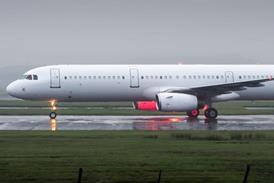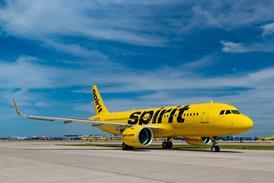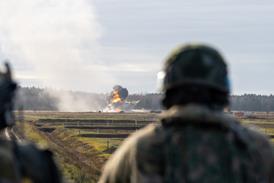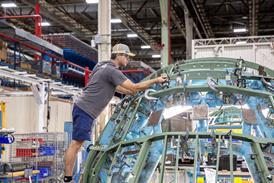In the long run, AMAN will allow aircraft to be contacted with 370km (200nm) to go to the final approach fix and provided with an optimum arrival time, allowing the crew to set the precise speed to enable this. McBride predicts that AMAN will, over time, modify the behaviour of both controllers and pilots as they learn what it can do for them. At present, pilots will avoid reducing speed early for fear of losing their place in an approach sequence, but if they learn to trust that AMAN will deliver them the best available arrival, they will be able to slow down before the final approach fix, avoiding being put into a holding pattern or shortening the time they spend in it.
Source: Flight International























